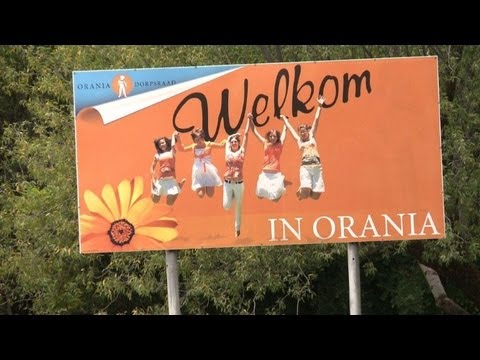New digital currencies are created virtually every other day. In most cases, these currencies are clones of code from existing projects such as Bitcoin or Litecoin. However, this does not appear to be the case for one small town in South Africa. The town of Orania has created its own digital currency. This region has developed a bad reputation and is considered a “relic of apartheid,” but it could serve as an interesting proving ground for wider cryptocurrency adoption.
The E-ora Digital Currency is Born
Anyone in the world can, in theory, issue their own digital currency in a matter of minutes. In most cases, they only need to copy an existing digital currency from one of the many GitHub repositories and make the required changes to rename it. Orania, a notorious town in South Africa, has created its own “e-ora” digital currency to complement the existing “native” paper currency. Unlike what most people think, Orania does not just use the South African rand like the rest of the country.
Instead, Orania has its own chamber of commerce and central bank, which issues the ora currency. This situation has been going on for quite some time and has always been frowned upon. Then again, there is no reason not to print your own paper currency if the government allows it. Ora notes are pegged to the South African rand, making them legal in a way. They are only valid for three years.
Now that a new digital currency, the e-ora, is in circulation, all residents of Orania can gain access to the new currency through a custom application. Users can buy e-ora from the central bank and trade them with anyone else using the ora. Funds can also be exchanged through smartphones, although it remains to be seen if there will be any use of QR codes. It is an interesting experiment.
This particular digital currency is designed to advance the independence of Orania as a whole. Part of the local population even hopes to see Orania become an independent Afrikaner state. E-ora will also enable more efficient transactions, as it removes the need to print paper currency. It can nullify fees that apply to payment card transactions, which is beneficial to retailers as well. And as a form of electronic cash, it remains backed by the South African rand.
Considering how Orania boasts a population of just 1,300, it will be interesting to see just how successful this digital currency turns out being. There are only a small number of potential users, despite the population having grown by 10% per year on average. Interestingly enough, Orania has just 2% unemployment, with over 125 active businesses in the city. This is a perfect testing ground for such a digital currency initiative, even though it may not be successful in the end. The worst case scenario would see E-ora adoption falling flat and people reverting to regular Ora currency.
According to economist Dawie Roodt, this project could be quite successful in the long run. If the E-ora is a success, we might very well see similar projects in other South African regions over the coming years. Digital currency is a “great disruptive power,” according to Roodt. South Africa is plagued by a highly inefficient state, which warrants experimentation with different types of money. It is definitely an experiment for us to keep an eye on over the coming months.

